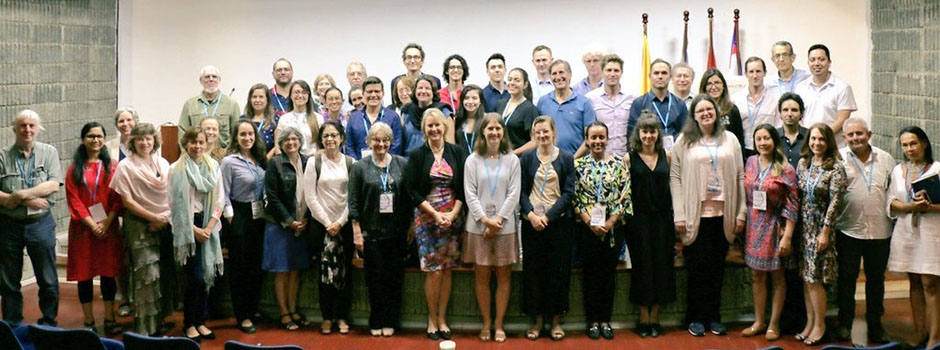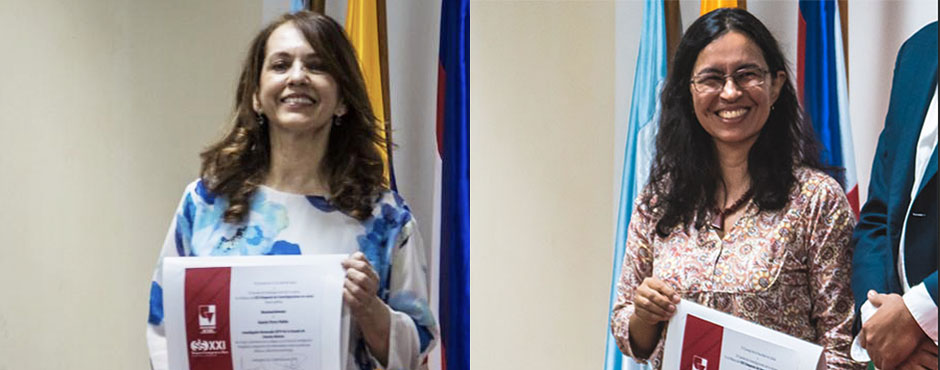October 28, 2019
The Universidad del Valle hosted the annual ZikaPLAN meeting October 21-22, convening over 60 consortium members in Cali, Colombia.

The aim of the meeting was to report on the progress of ZikaPLAN’s research and to provide an opportunity for exchange with the many Colombian partners involved in the initiative through the NEAS (Neuroviruses Emerging in the Americas Study) network.
The main Colombian media outlets joined the meeting for a press conference to learn more about the impact and future threat of Zika in Colombia.
Many success stories were shared. With the decline in Zika cases some research projects have had to be adapted. Despite this challenge, all of the ZikaPLAN research projects are on track and the consortium has now generated close to 80 peer reviewed publications. Several papers have been published in Nature journals and one highlight is a consensus paper by the ZikaPLAN funded IGOS-Zika team on the state-of-the-art of how to diagnose and manage Guillain-Barré syndrome, offering a ten-step guideline for clinicians.
There was a strong focus on results from the NEURO-ZIKA working groups’ collaboration with the NEAS network. It was the first opportunity for the clinicians and scientists involved in the research to meet in person.
The Brazilian ZikaPLAN members participated in force with eight institutions represented. Their presentations included enhanced follow-up data sets for children affected by Zika who are now four years old, part of research by the MERG: Unravelling Congenital Zika Syndrome working group. This data will provide a new understanding of the prognosis and evolution of Zika congenital syndrome. They also presented the results of social science and qualitative studies on the social impact of Zika on the mothers of affected children.
A recurring theme in the presentations was the strength of working in a consortium. One illustration was the collaboration between Institut Pasteur and KU Leuven, from the Viral Fitness working group, to share virus isolates obtained from various parts of the world to conduct comparative studies, which neither institution would have been able to perform on their own.
After completing a head-to-head comparison of two Zika IgG assays, an assay has been selected for the Zika sero-prevalence study in Brazil at 16 sites to test over 6,000 samples that will be performed by Instituto Butantan as part of the Disease Burden and Risk Assessment working group.
The first of its kind Global Birth Defects Description and Coding (GBDDC) app was presented, offering a wealth of expert information at the touch of a smartphone. A project of the Disease Burden and Risk Assessment working group, the app contains images of major externally visible birth defects, with definitions and ICD codes, as well as video material on the newborn examination, information on Congenital Zika Syndrome and limited other syndromes.
To conclude the meeting, a session was dedicated to discussing a sustainability plan to ensure that some important work carried out by ZikaPLAN can continue in the future, beyond the consortium’s funding period.
UniValle’s XXI Health Research Symposium and best researcher awards
 From left to right: Prof. Beatriz Parra and Prof. Lyda Osorio receiving the award.
From left to right: Prof. Beatriz Parra and Prof. Lyda Osorio receiving the award.
UniValle’s XXI Health Research Symposium followed the consortium meeting, October 22nd. The annual event presents the work of the university’s top scientists and a special session was dedicated to ZikaPLAN’s research.
ZikaPLAN members were very proud to see two of their Colombian partners honored by UniValle’s prize for Best Researcher 2019 for the Faculty of Health: Prof. Lyda Osorio and Prof. Beatriz Parra received the award in recognition of their scientific production, training of postgraduate students and contribution to science.